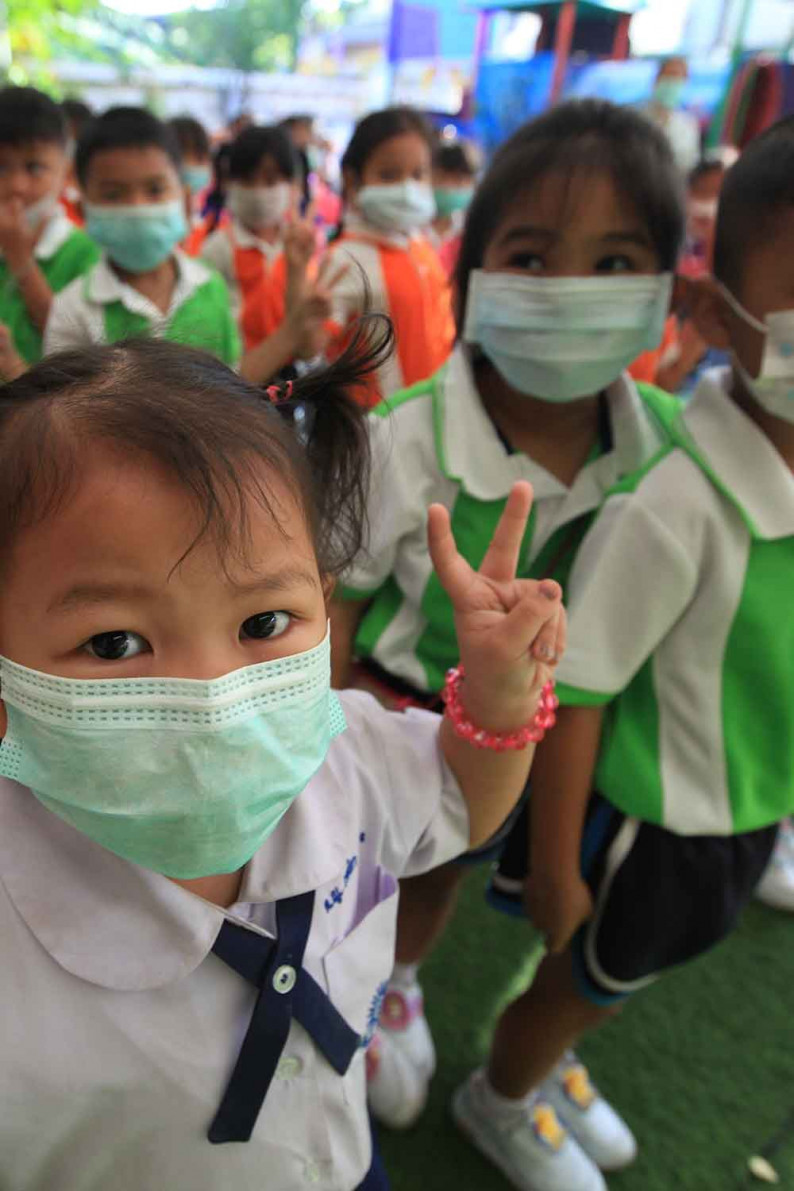
More than 10,000 public and private schools in the 28 provinces hit hardest by the resurgence of coronavirus outbreak have been ordered by the ministry to close until Jan 31 and switch to online learning.
Education Minister Nataphol Teepsuwan has told all public and private educational institutions situated in the "maximum control zones” to close immediately to reduce the risk of Covid-19 spreading.
The 28 provinces are Bangkok, Tak, Nonthaburi, Pathum Thani, Ayutthaya, Saraburi, Lop Buri, Sing Buri, Ang Thong, Nakhon Nayok, Kanchanaburi, Nakhon Pathom, Ratchaburi, Suphan Buri, Prachuap Khiri Khan, Phetchaburi, Samut Songkhram, Samut Sakhon, Chachoengsao, Prachin Buri, Sa Kaeo, Samut Prakan, Chanthaburi, Chon Buri, Trat, Rayong, Chumphon and Ranong.
While the premises are closed, government agencies will provide teaching and learning guidelines as planned previously by the Ministry of Education, such as teaching and learning electronically or through long-distance communication.
Education permanent secretary Supat Champathong said 10,323 schools had been closed, affecting 3,661,805 students and 206,217 teachers.
Amporn Pinasa, secretary-general of the Office of Basic Education Commission, said Obec had instructed teachers in the 28 provinces to prepare digital learning materials — such as slideshows and lecture recordings — for students to access online through the ministry’s digital education excellence platform (Deep).
Tests during this period will be organised via inline platforms, he added.
Mr Amporn said that the teaching of primary students (Grade 1-6) would focus on one-way communication via Distance Learning Television or DLTV.
For secondary students (Grade 7-12), he said it was necessary to ensure more interaction between students and teachers, so the ministry would focus on a two-way communication approach via Deep.
